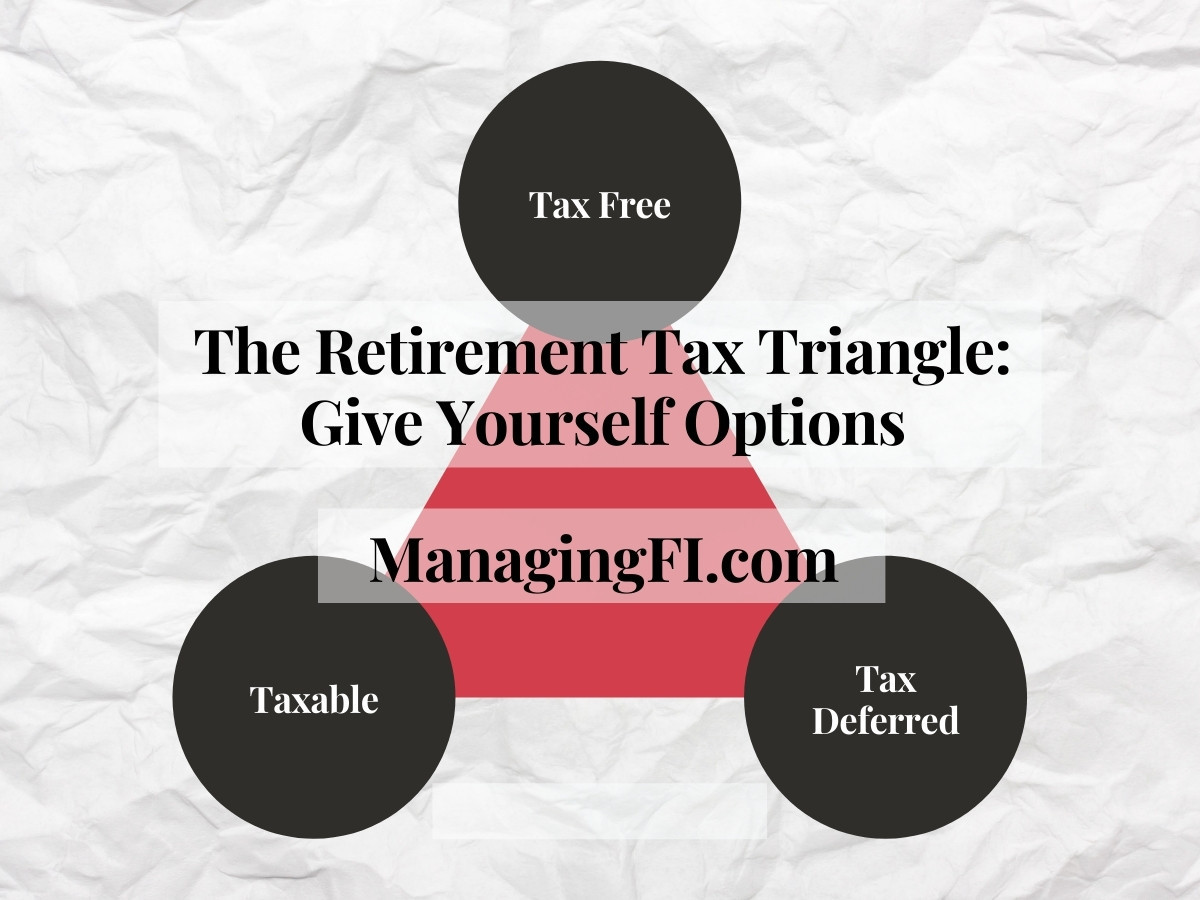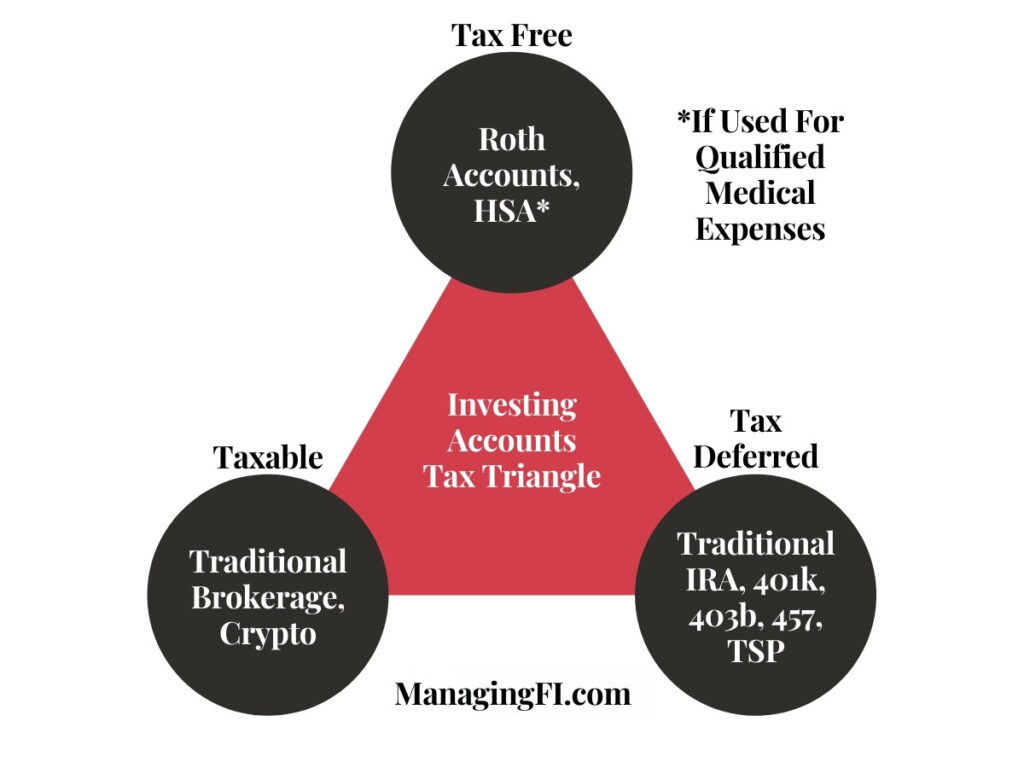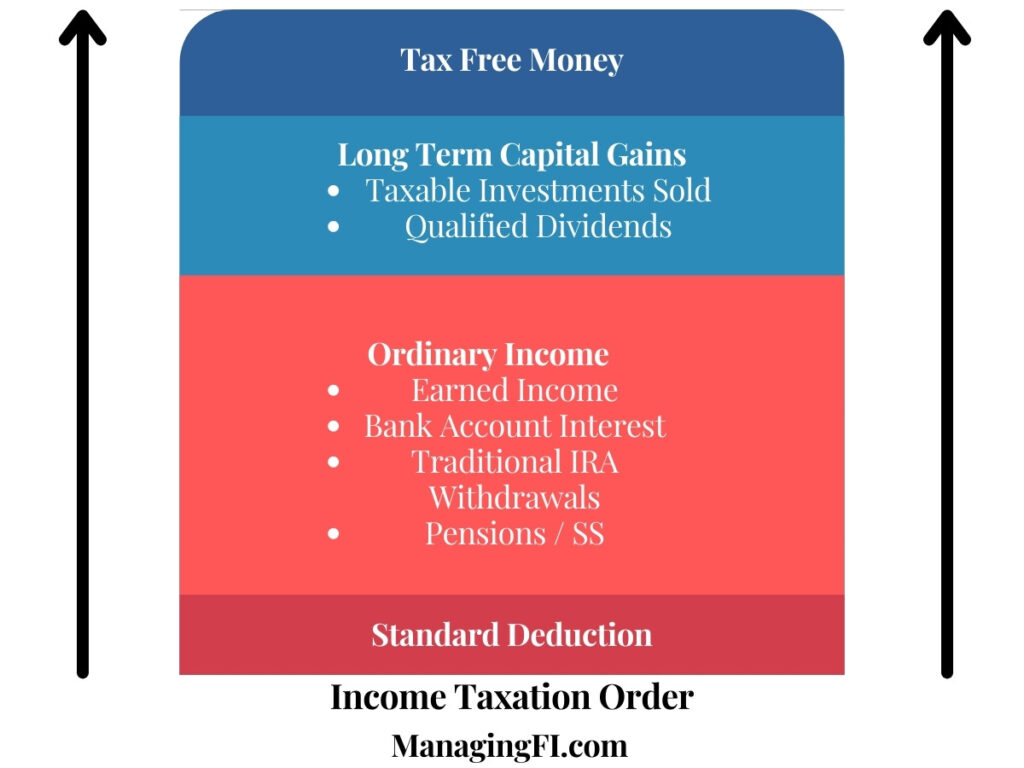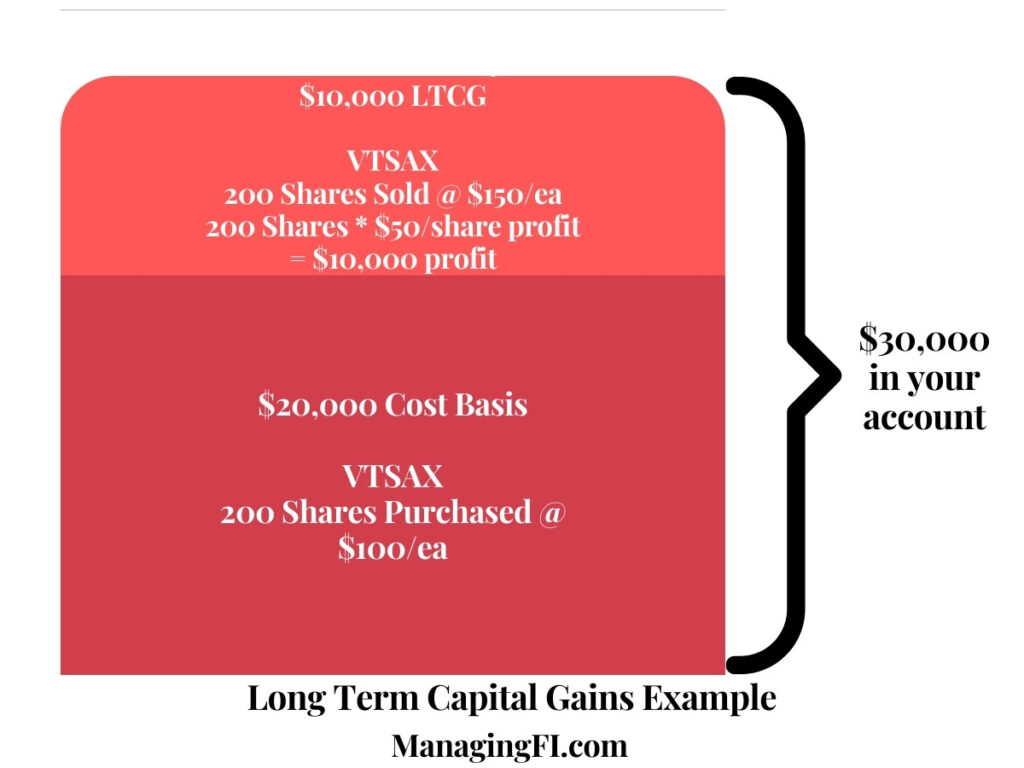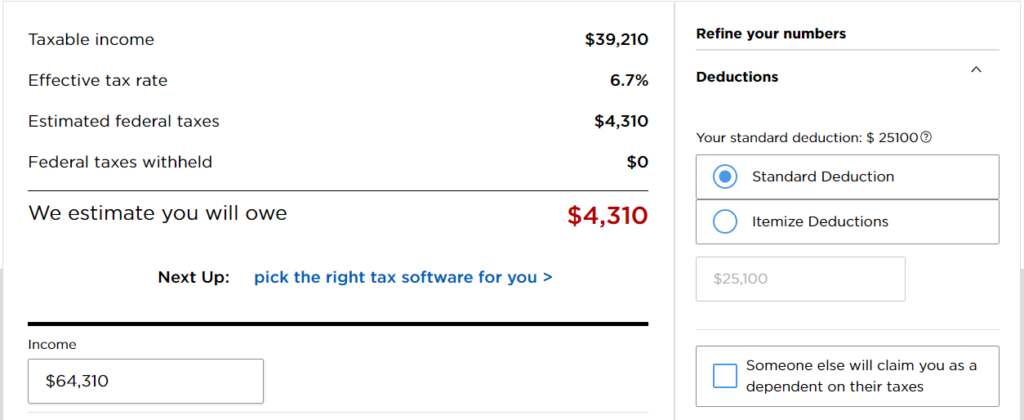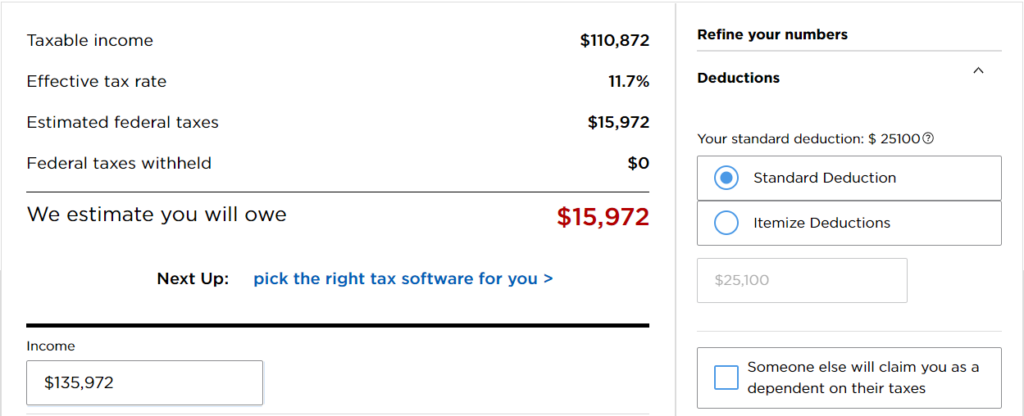BLUF: Retirement healthcare expenses add up over your lifetime. Saving and investing all HSA funds before retirement gives you a large pot of money to cover many of those retirement healthcare expenses.
I’ve written previously about how powerful Health Savings Accounts (HSA) can be as a quadruple tax advantaged account. Given that you can save into an HSA with pre-tax money and then spend that money tax free on medical expenses, why wouldn’t you spend that HSA money today?
I’m looking to play the LONG game. Medical expenses as we age are one of the largest expected spending categories. In this article I’m going to help you understand some average costs for healthcare in retirement and some ways to use the HSA to cover those future costs. I’ll show you our plan to save in our HSA’s, invest and NOT spend them until retirement to cover those healthcare expenses.
Healthcare Costs In Retirement

Note: all data in this section is from this HealthView Services report.
In the US paying for healthcare is one of the biggest threats to wealth building during our accumulation phase and preservation in retirement.
It’s a cost that’s hard to anticipate and plan for when you’re young. You’re likely in good health and expensive situations are infrequent. You don’t need a large line item in your budget to cover those expenses. As a 41 year old I had a number of procedures last year to investigate a GI issue and it cost me $3,150 out of pocket on our HDHP.
When it comes to premiums, they’re probably fairly affordable when covered by an employer sponsored plan. I’m fortunate that it only costs me about $100/mo for medical, vision and dental premiums and my company subsidizes the rest.
As you can see below, it can be rude awakening when transitioning from an employer sponsored plan to Medicare where you are 100% responsible for the premiums.

to 65-Year-Old Couple (In-Retirement)
**Medicare Parts B and D, and supplemental insurance Plan G.
Source – Table B
For a healthy 65 year old couple retiring in 2020, they’re projected to live until 87 (male) and 89 (female) and spend $387,644 in healthcare costs over their lifetimes NOT including long term care costs. Those costs include:
- Premiums for Medicare Parts B and D, supplemental insurance (Mediagap), and dental insurance
- Out-of-pocket costsrelated to hospitalization, doctor visits, tests, prescriptions drugs, hearing services, hearing aids, vision, and dental.
In 2020 dollars, this means that 65 year old couple would spend the following per year on healthcare.

Source: http://testing.hvsfinancial.com/hvsfinancial/wp-content/uploads/2020/03/Health-in-Retirement-Planning.pdf
This is all driven by 4.41% healthcare inflation costs per year in addition to you just needing more care as you age.
In a sick twist, the healthier you are, the more money you’ll need for healthcare in retirement. Why? Look at an example between a healthy 55 year old woman and one with type 2 diabetes. The diabetic pays more per year but because her life expectancy is 9 years shorter her lifetime healthcare costs are $266k compared with $424k. Yikes!

Building That HSA Money Machine For Retirement

Now that I’ve sufficiently scared you (sorry) with this future costs to plan for, it’s time to discuss some ways that an HSA can be used to cover these future expenses
Spend HSA Money On Current Medical Expenses
This is the most common way that an HSA is used. Similar to how people use a flexible spending account that doesn’t carry over year to year, many people use an HSA to pay for medical expenses on demand. Money goes in pre-tax and you can use it to pay your medical expenses tax free.
There’s nothing wrong with this approach. You get the tax savings of funding with pretax money and paying the expenses tax free. However, you’re effectively using the HSA like a checking account. Your money isn’t making you any additional money to pay for future expenses.
Let’s create an example where you have a 40 year old couple that just started their HSA’s with $0. They contribute the max $7,300 to their HSA’s for every year until they turn 65. However, they spend half of it ($3,650) each year on current medical expenses. The other $3,650 is invested getting a 5% real return (nominal – inflation) for 25 years. This is a bit conservative as historically this is 10% nominal returns and 3% inflation.
Over those 25 years you would have contributed $91,251 and it would have grown to $181,775 in todays dollars (net present value).

Certainly a nice chunk of change. That would cover more than half the average retirees medical expenses.
Pay Out Of Pocket For Medical Expenses, Invest the HSA
There is another way though. You could max that HSA and pay all your out of pocket medical expenses with after tax dollars instead of using the HSA money.
Why do that? Two reasons really:
- You’re giving more time for that sweet tax free forever money to compound.
- By paying your current medical expenses with after tax money you’re paying taxes today instead of making your future retired self pay income taxes to cover medical expenses (when your HSA runs out). Very similar to investing in a Roth / Roth 401k where you pay the taxes today and your future self doesn’t have to.
I think of it as taking one less risk out of retirement by letting that HSA grow as large as possible. After all, if you don’t need it you can always spend it on non-medical expenses and be taxed as ordinary income.
Let’s run the same scenario for that 40 year old couple except this time they’re going to save and invest the full $7,300/yr for 25 years.
With 5% real return you end up with a net present value of your HSA after inflation of…double! You contributed twice as much at $182,502 and that money doubled to $363,550. That’s pretty close to the $387,000 to the projected retirement healthcare expenses!
How sweet would it be to not have to worry about your main portfolio covering your healthcare?

Our HSA Investing Plan

One reason that I love thinking through and writing about financial topics is that it makes me take a hard look at my own actions and see if I need to make a change in our own plan. This article is one of those cases.
Our Old Plan
For the last few years we’ve been paying out of pocket for all medical expenses and investing those HSA funds to let the money compound. I knew we would use that HSA money in the future, but I hadn’t thought through our planned time horizon and how we might use the money.
I had been investing our HSA’s inline with the asset allocation of our overall portfolio – roughly 75% stocks, 25% bonds/cash. VTI for a total US market index and TLT for long term treasury bonds. The bonds being for stability and in case we needed the funds. You can see that below in my HSA account. Mrs. MFI’s HSA investment account is invested similarly.

Our New Plan
Our new plan gets more specific on the planned time horizon to use the money and how we might use the money. And, because we have a plan for the money, an adjustment in the asset allocation.
Time Horizon: Use our HSA money starting at age 65.
Money Use: You can use HSA money for Medicare part B,C & D premiums so we’d use the money then. Normal medical expenses as well.
Asset Allocation Changes:
If you have 24 years (age 41 to 65) with no planned need to touch the money then there’s no reason for us to be in bonds right now. We have enough in cash to cover our HSA deductibles. As such, I’m going to move these buckets of money to a 100% stock allocation.
While the US market is great, and has been on a tear for many years, I think it’s prudent to mix in international stock exposure. I compared a VTI/VXUS (VGTSX is similar) mix to 100% VT (simpler) in portfolio visualizer to see how they compared. VT is 60% US, 40% international stocks so this is the true apples to apples comparison. The VTI/VXUS (VGTSX) outperformed by almost a percent per year compounding annual growth rate (CAGR) for the last 14 years (2008 – 2022).

Since I want to allocate a little heavier towards the US I’m going to go with 75% US / 25% international stock index funds . The past performance difference grows wider of course give the US markets performance although that doesn’t guarantee the future. It’s entirely possible that international markets perform better over the next 20 years but I’m not one to bet against the US.

So that’s what I went with and I executed that change this past week and moved all my bond positions into VXUS giving me a 100% stock allocation in my HSA. I’ll be changing over Mrs. MFI this week. VXUS is a low expense ratio (0.08%) international fund that invests in non-US equities.

This puts me right at a 75% allocation is the US total stock market with VTI and a 25% allocation in the non-US international stocks markets with VXUS.

HSA Growth Projections
We currently have $30,000 in HSAs at age 41. We plan to keep maxing out those HSAs at $7,300 total per year for the next 10 years. At a 5% real return (actual return – inflation) that would give us $144,000 in todays dollars.

If we then kept that money invested for another 14 years, from age 51 to 65, with no contributions that money would grow at 5% real returns to $290,000.

At that point we would have glided to a more conservative 60/40 stock/bond portfolio. $290,000 in today’s dollars covers a good portion of the $387,000 in healthcare costs expected for a couple over their lifetime but there clearly is a shortfall.
It’s hard to find a calculator that lets you increase the withdrawals but this one let me add a % increase to my withdrawals through the use of the inflation adjustment. Since I’m using real returns inflation is already accounted for in the returns.
I put 6% for the expenses to increase each year which aligns pretty good with a 65 year old couple spending $12,000/yr and then that increasing to $21,000 by 75 and $34,000 by 85 (estimation provided earlier).
With a 5% real return we’d run out of HSA money at 87 years old.

Calculator: https://www.tcunet.com/Plan/Calculators/Planning-Calculators/Investment-Savings-Distributions-Calculator
A small shortfall if we live that long that would need to be paid out from other money. Although, given how many assumptions go into these projections, this potential shortfall is something to worry about when we get closer to 65.
One elephant in the room that I haven’t mentioned are long term care costs. Those are non-medical costs related to help you perform everyday life tasks that you can’t do on your own. That’s a risk in retirement that can be handled in many ways so we’ll cover that topic on it’s own at another time.
One other thing is that there are FAR cheaper options for quality healthcare outside of the US. If you’re concerned about these costs and not tied to living in the US then that could be an option for you.
Like the content? Click here to subscribe to the e-mail list and have the articles delivered to your inbox.
What’s your HSA plan? Do you spend it or invest it? How does that fit into your retirement healthcare plan? Comment below, I’d love to hear from you.


